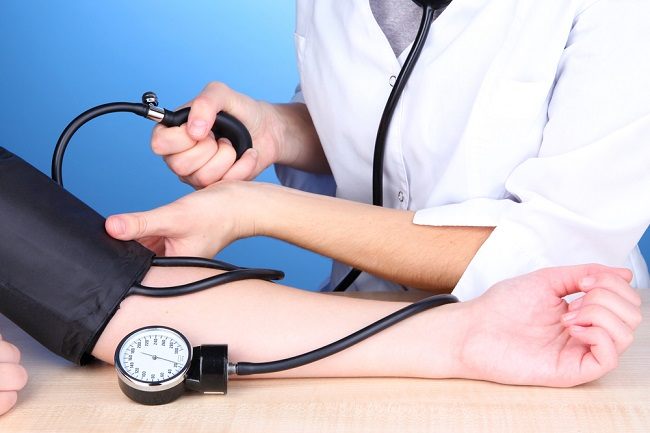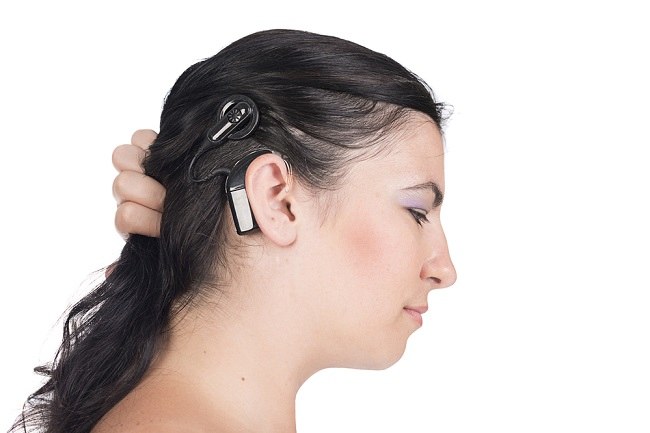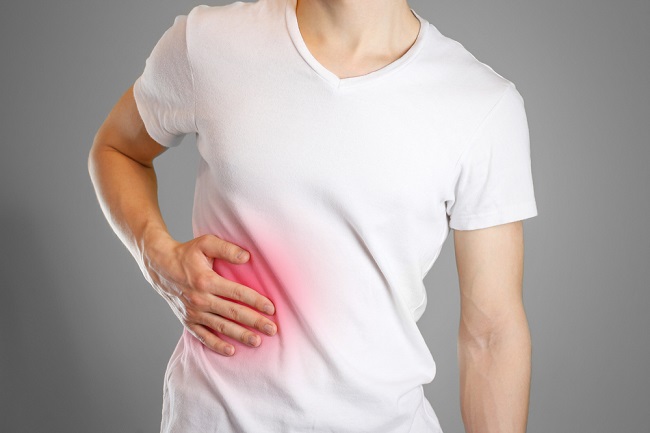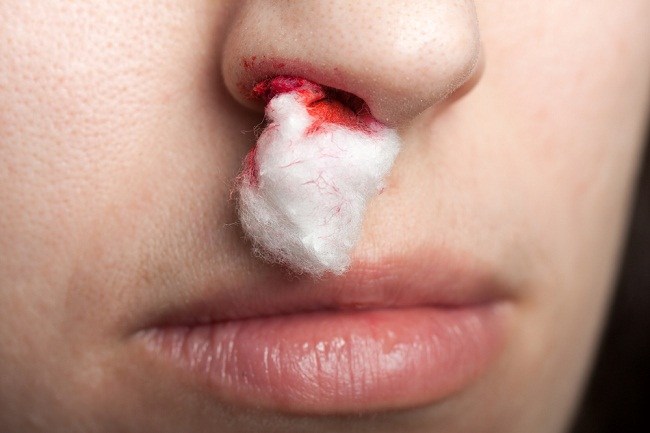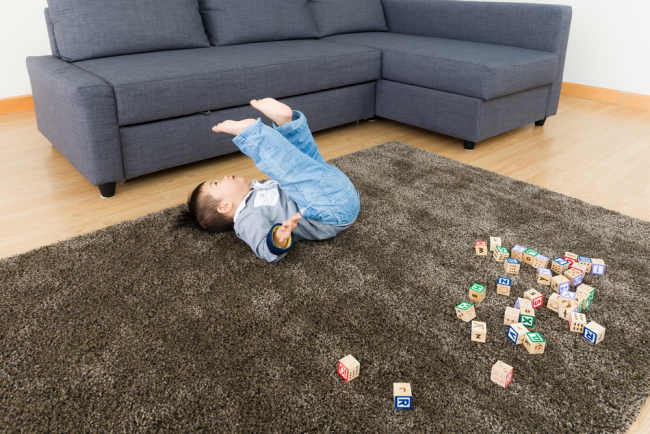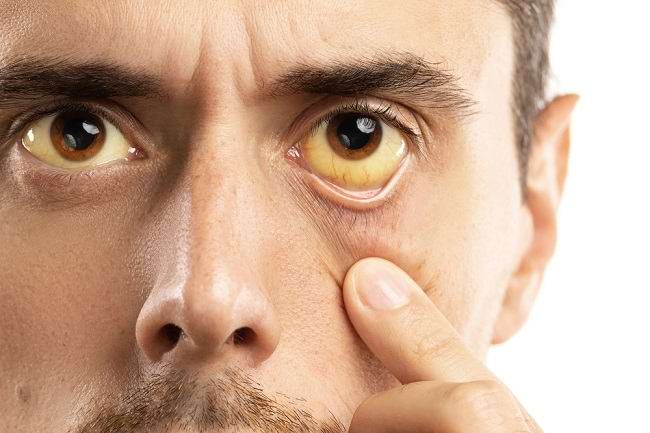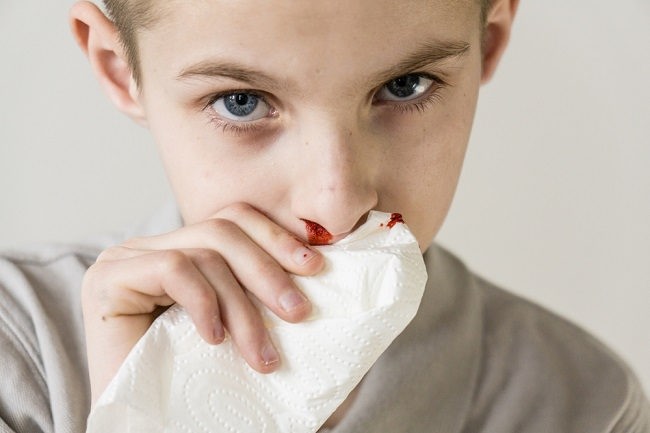Hand, foot and mouth disease or Singapore flu is a viral infection characterized by blisters in the mouth, and rashes or red spots on the hands and feet. This disease is highly contagious and mostly affects children under the age of 5 years. Hand foot and mouth disease is mild and will heal by itself in 7-10 days.

Causes of Hand, Foot and Mouth Disease
The cause of hand foot and mouth disease is a virus coxsackie A16, which is transmitted through direct contact with the patient's body fluids, such as saliva, mucus, phlegm, and feces.
Transmission of the virus is very easy to happen during the first week. However, the virus can survive in the patient's body for a matter of weeks after symptoms disappear, so it can still infect other people. In addition to children under 5 years old, hand foot and mouth disease can also attack adults who have a weak immune system, such as people with HIV.
Symptoms of Hand Foot and Mouth Disease
Symptoms of hand, foot and mouth disease appear on the third to seventh day since they were first exposed to the virus. Early symptoms that can appear are:
- Fever around 38-39 oC
- Headache
- Decreased appetite
- Sore throat
- Children are fussy
One to two days after the fever, red canker-like blisters will appear on the tongue, gums, and inner cheeks. In addition, skin rashes also appear on the palms of the hands and soles of the feet.
Hand foot and mouth disease is a mild health disorder. However, immediately contact a doctor or visit the nearest hospital if the following conditions appear:
- Symptoms do not improve after 7-10 days.
- Fever with a temperature of 38 oC in patients under 3 months of age, or 39 oC in patients under 6 months of age.
- The patient cannot eat and drink.
- The skin feels sore, hot, red and swollen, and oozes pus.
- Signs of dehydration appear, such as infrequent urination, cold hands and feet, and decreased communication response.
- The patient has seizures or loses consciousness.
Diagnosis of Hand, Foot and Mouth Disease
As a first step in diagnosis, the doctor will ask the patient a history of the onset of symptoms. Next, a physical examination will be carried out by examining the mouth and the whole body to detect the presence of blisters or rashes that mark hand, foot and mouth disease. If other diseases are suspected, swab investigations (swab) throat can also be done to detect the presence of bacteria that cause infection in the throat.
Hand Foot and Mouth Disease Treatment
Hand foot and mouth disease does not require special treatment, because the symptoms will disappear by themselves within 7-10 days. Treatment can be done at home to reduce complaints through the following steps:
- Drink lots of water to avoid dehydration.
- Eat soft foods that are easier to chew and swallow. Avoid foods or drinks with a spicy or sour taste, as they can make the pain worse.
- Gargle with warm water mixed with salt after eating to relieve pain and swelling.
- Give cold drinks, including ice cream, to relieve pain from blisters in the mouth.
Sometimes medication also needs to be taken to relieve the complaints that arise, including:
- Paracetamol, to relieve headaches and painful swallowing due to sore throat.
- Shake lotion or powder calamine, to relieve skin rashes.
Complications of Hand Foot and Mouth Disease
Dehydration is a common complication of hand, foot and mouth disease. Hand, foot and mouth disease or Singapore flu causes sores such as thrush in the mouth and throat, so the sufferer will feel pain and difficulty swallowing, not only food but also drinks. If the patient is severely dehydrated, the pediatrician will provide fluids through an IV if needed.
Some cases of hand foot and mouth disease are caused by this type of virus coxsackie which is rare and very rare. This virus can attack the brain and cause complications, such as:
- meningitis, namely infection and inflammation of the protective layer that covers the brain and spinal cord.
- Encephalitis, is inflammation of the brain caused by a virus and can be life-threatening for the sufferer.
Hand Foot and Mouth Disease Prevention
Hand, foot and mouth disease is highly contagious. There are several things that can be done to prevent contracting or transmitting this disease, including:
- Always wash your hands thoroughly with soap and water, especially before eating or preparing food, after urinating or defecating, and when changing a baby's diaper.
- Use a tissue to cover mouth and nose when coughing and sneezing. Immediately throw the tissue that has been used to sneeze in the trash.
- Do not share eating or drinking utensils, towels, and clothing with sufferers.
- Teach children to always maintain cleanliness and apply healthy and hygienic living behavior.
- Wash and clean items that are suspected to have been contaminated by the virus.
- Keeping sick children from doing activities outside the house for a while, until their condition is completely healed.

